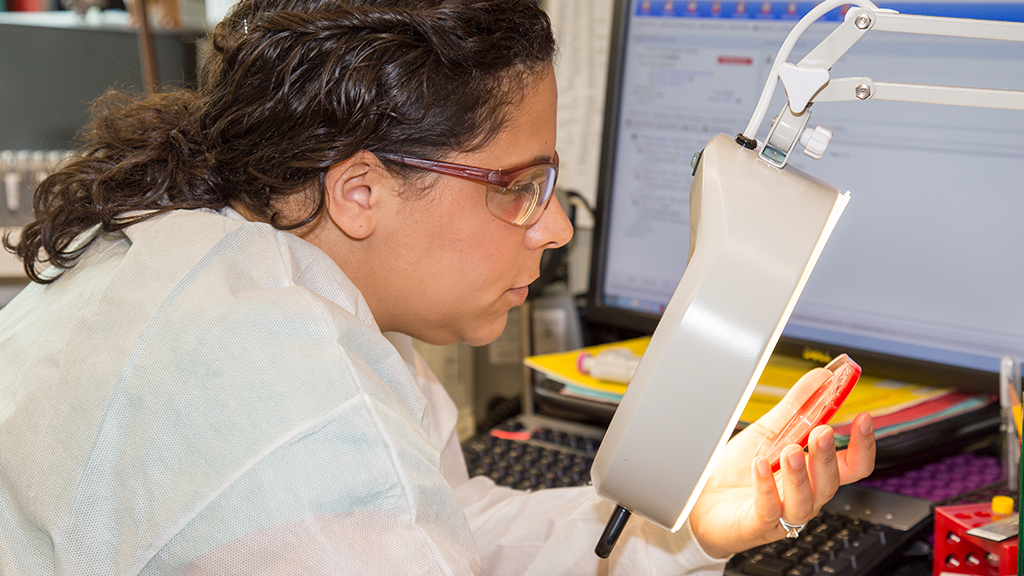Our furry friends are part of our lives, and caring for their needs is a responsibility. Testing facilities for pets are key components in ensuring proper care for companion animals.
In this discussion, we’ll explore the benefits of testing for dogs and cats and highlight the most common exams.
Understanding Pet Diagnostic Centers
Advanced veterinary diagnostics focus on testing for testing biological materials. They help veterinarians to monitor ongoing conditions.

Typical procedures usually includes:
- Collecting pet health data: Health markers are prepared for analysis.
- In-depth testing: State-of-the-art processes deliver diagnostic insights.
- Reporting outcomes: Information helps manage health for targeted interventions.
Essential Tests in Veterinary Labs
Labs provide diverse options for health checks to manage chronic problems. Key lab services include:
- Blood analysis: Detect anemia or chronic conditions.
- Urinary health exams: Identify dehydration.
- Stool testing: Spot signs of infections.
- Skin health exams: Address skin issues.
- X-rays and ultrasounds: Spot fractures or injuries.
How Testing Supports Pet Health
Consistent lab work improves pet care. With timely diagnostics, you can prevent serious conditions.

Additional benefits include:
- Effective treatments: Vets can tailor treatments.
- Avoiding costly emergencies: Early detection reduces expenses.
- Assurance about pet health: Regular tests keep you informed.
laboratórios farmacêuticos veterinárioslaboratorio exame veterinario
Why Testing Matters for Dogs and Cats
Pet health labs play a key role in modern pet care. By using these valuable resources, you catch issues early.
Act now to safeguard your pet’s future and give your furry friends the best care possible!